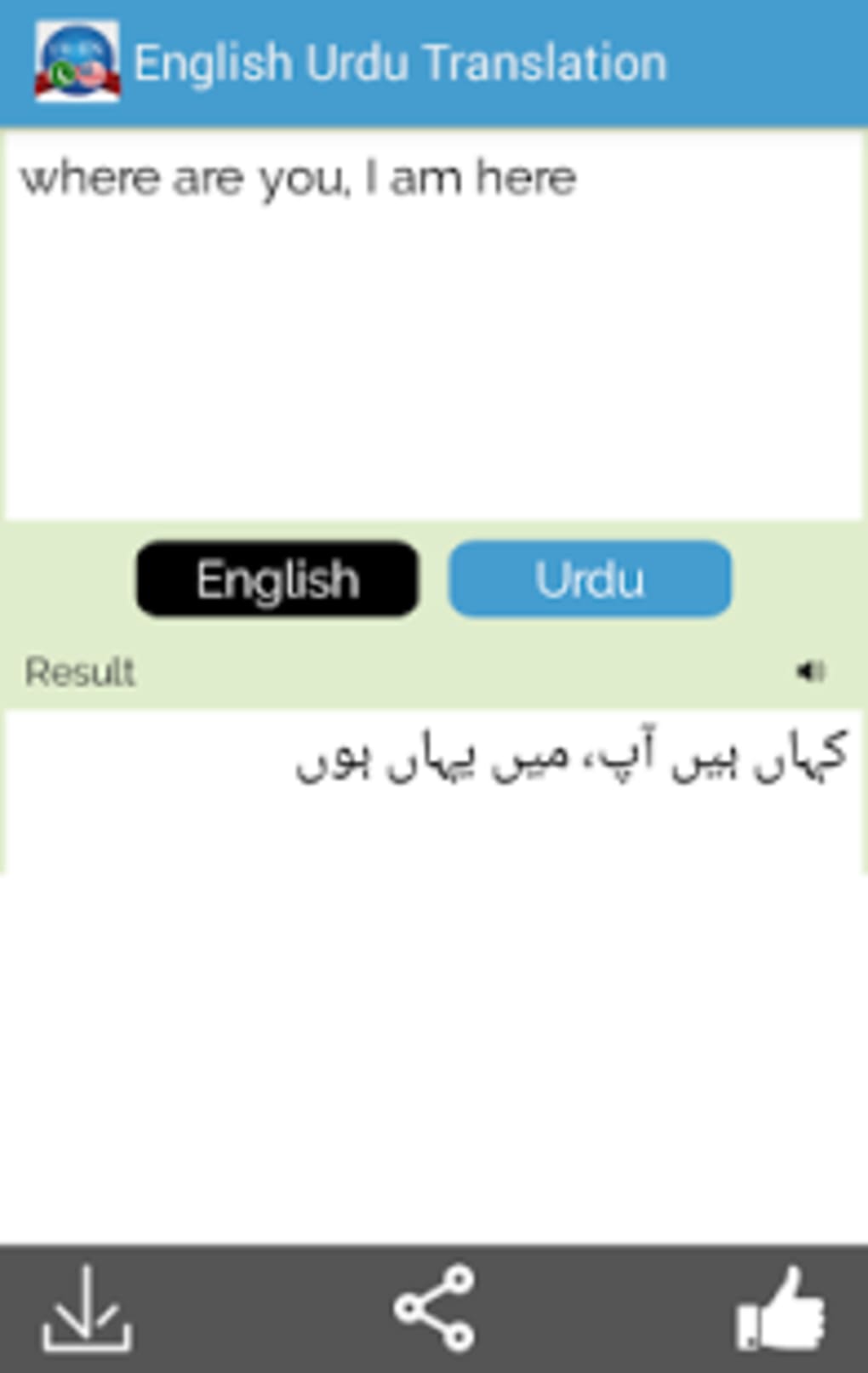
Please refer to getDestinationLanguages for more details regarding valid destination languages for a given source language. In the UI, the available destination languages appear in the menu, with the first language in the array selected by default.

TransliterationControl(options) enables transliteration on a set of editable HTML DOM elements and supplies a number of methods allowing you to control transliteration in those elements. The following constructor and methods allow you to perform transliteration within a UI provided by the API. Transliteration control JavaScript reference These properties are below.Īn array of maximum size 5, with transliterations for the corresponding word in wordsArray.

For each result, it's as if the system called new Object() and then set formal properties on that object.

All that it means is that there is no named constructor. While there is no formal implementation of the objects, they exist, and we document them as if there was a backing JavaScript implementation. Consequently, we have chosen not to implement formal JavaScript objects, and instead dynamically created the result objects from their serialized form. Result objects are produced using a JSON encoding of server requests. This simplified method for transliteration uses the namespace (and not, which is the namespace for every other method in the Transliterate API). callback is the callback function that receives the result.

destLang provides the destination language as a language code.srcLang provides the source language as a language code.wordsArray provides the text to be transliterated as an array.The API returns the result asynchronously to the given callback function as the result object. (wordsArray, srcLang, destLang, callback) is a global method that transliterates given text from the source language to the destination language. (wordsArray, srcLang, destLang, callback) The following method allows you to perform simple transliteration without a UI by manipulating JavaScript.


 0 kommentar(er)
0 kommentar(er)
